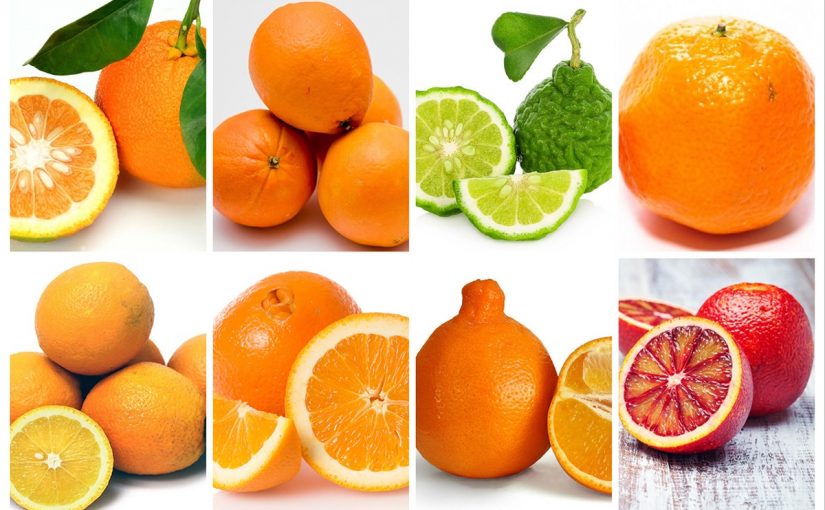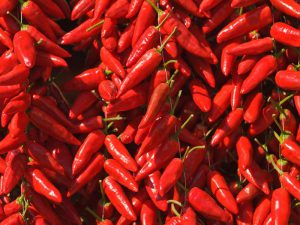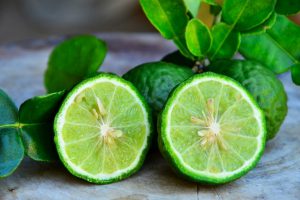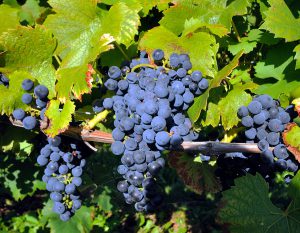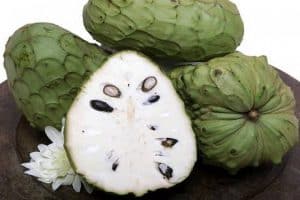27.7.2018
Bruzio DOP (so called “Denominazione di Origina Protetta”, protected denomination) extra virgin olive oil is a genuine manufacture, coming from gastronomy deep experience of Calabrian people. The native cultivars of the provincia of Cosenza (Calabria) give raise to an olive oil with a fruity flavor, more or less intense, depending on the percentage of olives used (there are four varieties of olives: “Tondina”, “Carolea”, “Grossa di Cassano”, “Rossanese”).
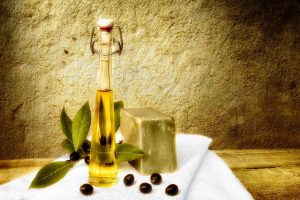
This golden liquid is an extra virgin olive oil produced in four main types, each accompanied by a specific geographical mention:
- “Fascia Pre-pollinica” (Pre-pollinic band),
- Valle Crati,
- Presidium of Jonian Hills,
- Sibaritide.
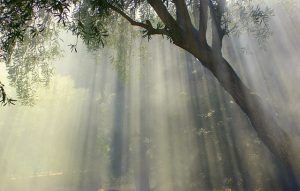
Precisely, the Prepollinica Band Bruzio DOP has the following composition:
- Tondina, not less than 50%;
- Carolea, not more than 30%;
- Grossa di Cassano, not more than 20%.
- Other varieties present in the olive groves can contribute to a maximum of 25%.
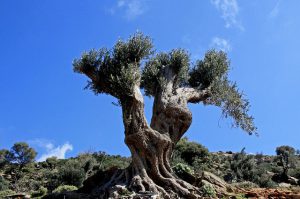
The “Valle Crati” Bruzio DOP is so composed:
- Carolea, not less than 50%;
- Tondina, not more than 30%;
- Rossanese or Dolce di Rossano, not more than 20%.
- Other varieties present in the olive groves can contribute to a maximum of 20%.
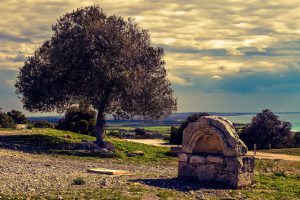
The “Colline Joniche Presilane” Bruzio DOP:
- Rossanese or Dolce di Rossano, not less than 70%.
- Other varieties present in the olive groves can contribute to a maximum of 30%.
The Sibaritide Bruzio DOP:
- Grossa di Cassano, not less than 70%;
- Tondina, not more than 30%.
- Other varieties present in the olive groves can contribute to a maximum of 30%.
ORIGINS
Homer called olive oil “golden liquid”. In ancient Greece, athletes ritually rubbed it all over the body. Its mystic glow illuminated the story. Olive oil was more than just food for the people of the Mediterranean: it was a medicine, an infinite
source of fascination and wonder, source of wealth and power. The branches and leaves of the olive tree, symbol of abundance, peace, have crowned the victorious in friendly games and bloody wars.

Crowns of olives and olive branches, emblems of blessing and purification, were ritually offered to the gods and to the powerful: some they were even found in the tomb of Tutankhamun.
With the expansion of the Greek colonies, the cultivation of the olive tree has reached Calabria (the “Brutium”) in the 8th century B.C.
Olive trees were planted in the entire region under the Roman Empire and, according to the historian Pliny, the our land had “excellent olive oil at reasonable prices” already in the I sec. a.C .: “The best in the Mediterranean”, he argued.
The belief that olive oil conferred strength and youth was well widespread. In antiquity it was infused with flowers and herbs to produce both medicines that cosmetics: a list was found at Mycenae he listed the aromas added to the olive oil in the preparation of the ointments.
Olive trees have a titanic resistance, a vital force that almost makes them immortal. It is not strange that Christian Catholic religion identify the oil with one of the symbol of the Holy Spirit, who is immortal.
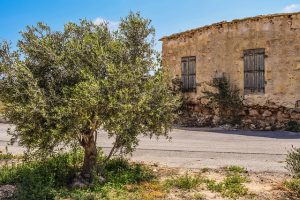
Despite the harsh winters and the torrid summers, they continue to grow proud and strong, reaching out to the sky, bringing fruits that nourish, heal, inspire and amaze, and stones, drought, silence and solitude are their habitat.
PRODUCTION AREA
The area of production and processing of Bruzio DOP extra virgin olive oil falls in several municipalities in the province of Cosenza, while packaging operations can be carried out throughout the province of Cosenza, in the Calabria region.
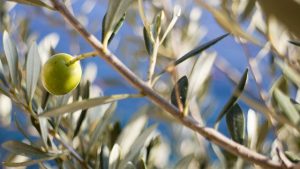
BOTANIC FEATURES
Bruzio oil is obtained from the fruits of the species Olea Europaea, varieties Tondina, Carolea, Grossa di Cassano and Rossanese, accompanied by additional geographical indications based on the area of production: Fascia Prepollinica, Valle Crati, Colline Joniche Presilane, Sibaritide.
PRODUCTION METHOD
The olive harvest must take place from the beginning of ripening and until December 31 or January 15 depending on the variety. The milling must be done within two days of collection. Packaging is allowed within the province of Cosenza.
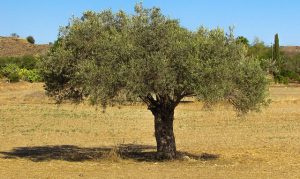
APPEARANCE AND TASTE
Pre-pollinic band olive oil is obtained from the Tondina varieties (at least 50%), Grossa di Cassano (up to 20%), Carolea (up to 30%).
The oil has a green color with yellow reflections, a medium fruity smell and a fruity flavor.
Valle Crati is obtained from the varieties Carolea (at least 50%), Tondina (up to 30%), Rossanese (up to 20%); it has a green to yellow color, a medium fruity aroma and a fruity flavor.
Presidium Joniche Hills Bruzio olive oil is produced from the Rossanese varieties (at least 70%); it has a golden yellow color with green reflections, a delicate fruity aroma and a fruity flavor with a sweet almond aroma.
Finally, Sibaritide is obtained from the Grossa di Cassano (at least 70%) and Tondina (up to 30%) varieties; it has a yellow color with some green reflections, a light fruity aroma and a fruity taste with a slight hint of bitterness.
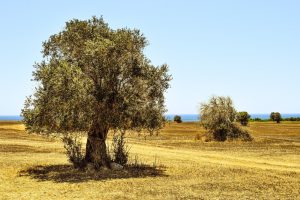
ORGANOLEPTIC FEATURES
The Pre-pollinic band Bruzio DOP has:
- Color: green with yellow reflections;
- Smell: medium fruity;
- Taste: fruity olive;
- Maximum acidity: 0.70%;
- Total polyphenols: > or = 200 p.p.m.
The Valle Crati Bruzio oil DOP:
- Color: from green to yellow;
- Smell: medium fruity;
- Taste: fruity olive;
- Maximum acidity: 0.70%;
- Total polyphenols: > or = 200 p.p.m.
The Colline Joniche Presilane Bruzio oil DOP:
- Color: golden yellow with green reflections;
- Smell: delicate fruity;
- Taste: fruity with a sensation of sweet almond;
- Maximum acidity: 0.80%;
- Total polyphenols:> = 150 p.p.m.
The Sibaritide Bruzio oil DOP:
- Color: yellow with some green reflection;
- Odor: light fruity;
- Smell: light fruity, with a slight bitter sensation;
- Maximum acidity: 0.70%;
- Total polyphenols:> = 150 p.p.m.
In all cases, this extra virgin olive oil is an easily perishable food, it should be kept in a cool place away from sources of heat, light and products that give off special odors, at a temperature between 14 and 18 ° C.
It is advisable to consume it within 4-6 months of pressing, to enjoy it during the period of maximum expression of its flavor.
Bruzio DOP extra-virgin olive oil is delicately aromatic and therefore particularly suitable for dressing boiled vegetables, grilled fish and salads, as well as an ingredient for first courses of Calabrian gastronomy.
Finally, Bruzio DOP extra virgin olive oil is characterized by a maximum total acidity level that varies between 0.7 and 0.8 g per 100 g of oil and a total polyphenol level greater than or equal to 200 ppm.


